The thing about going down the rabbit hole of photography is that it can be a deep deep hole. The say that serious Tetris players get the “Tetris Effect” where they dream about moves in the game. Photography, when you start to take it seriously is no different – you start to obsess, to consider photographic elements of just about everything. You go to sleep dreaming about composition and camera settings. It happens to most of us. Here are some of the more common obsessions within the obsession of photography.
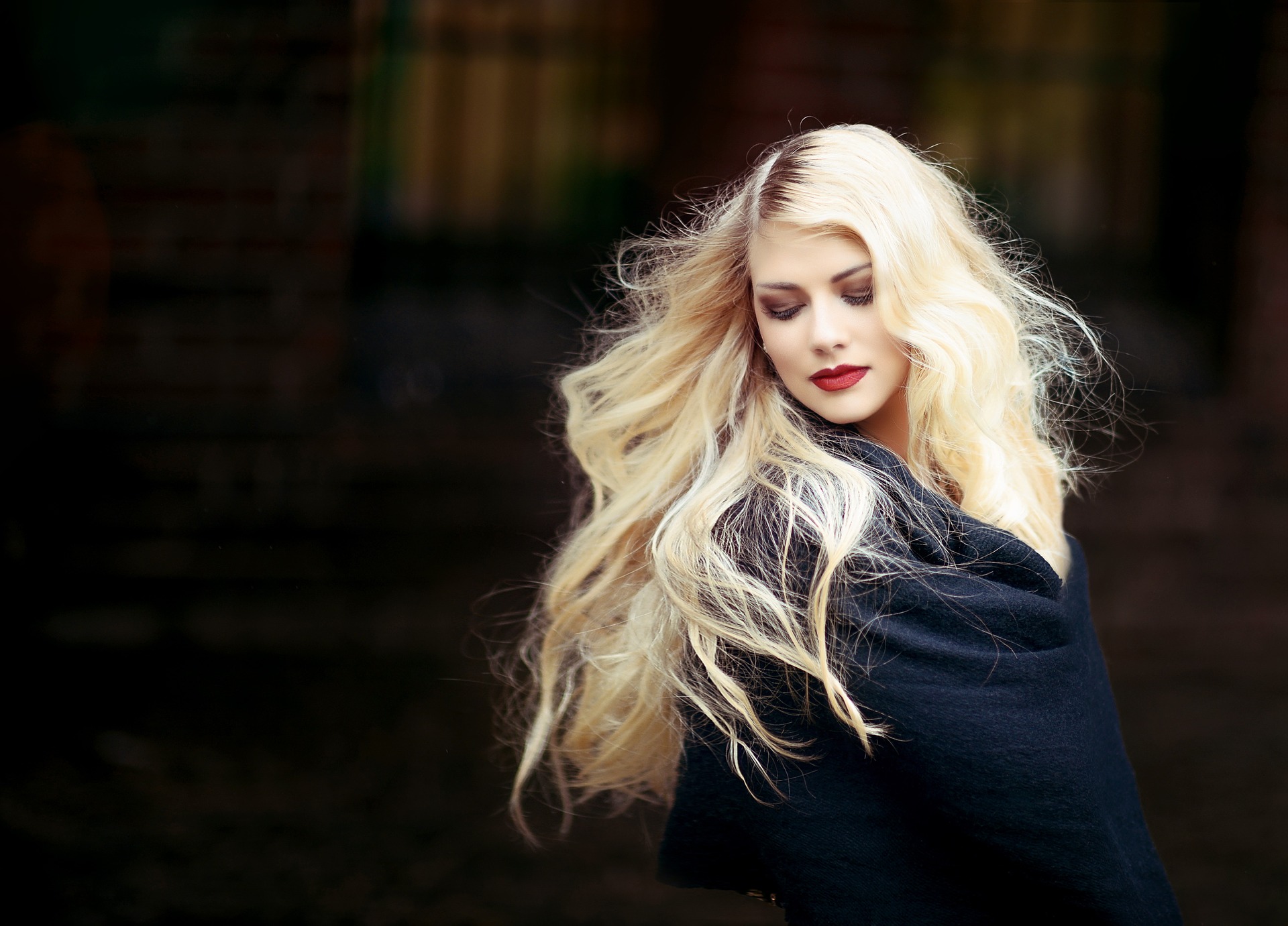
Moving Your Feet to Get a Better Composition – This is an old rule of photography – if you would only change where you're standing you might get that great composition that standing still won't reveal. God forbid you use the zoom function on your lens! Walk!
The thing about this obsession is that you don't even need to have your camera with you. You will find yourself moving out of cues, wandering onto roads, sticking your head out windows. All to see if that scene can be improved.
Noticing Visual Weight – Another facet of composition that is important to every photographer is the concept of visual weight. It's the confluence of colour, tone, light and size that basically dictates where the human eye is drawn to in any particular scene. When you get intimately familiar with it, you start considering it everywhere.
You will see it on websites, on magazine covers, in product designs and you'll even start considering it in how to envision scenes in your head.
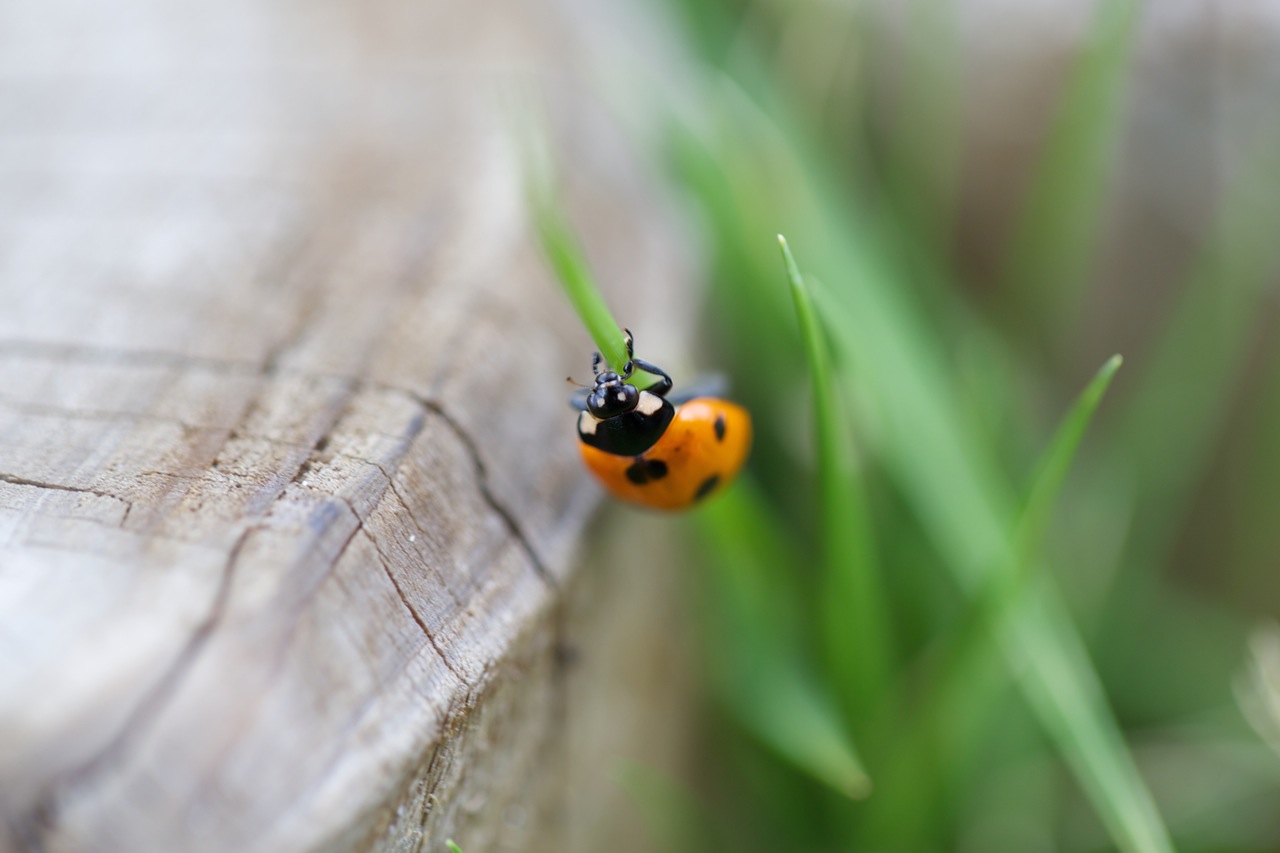
Noticing Complimentary or Contrasting Colours – This is (arguably) a subset of visual weight, but you will come to find yourself always judging colours in real scenes and how they might affect a photograph.
Can you place that purple flower in front of a green background to take advantage of opposite colours? It would look great in a photo! Are the oranges and yellows of that sunset ruined by a garish green road sign? Disaster!
The nature of colour relationships begins to take on a more important dimension in your mind when you're shooting a lot of photographs – especially when you're looking for that next “wow” shot.
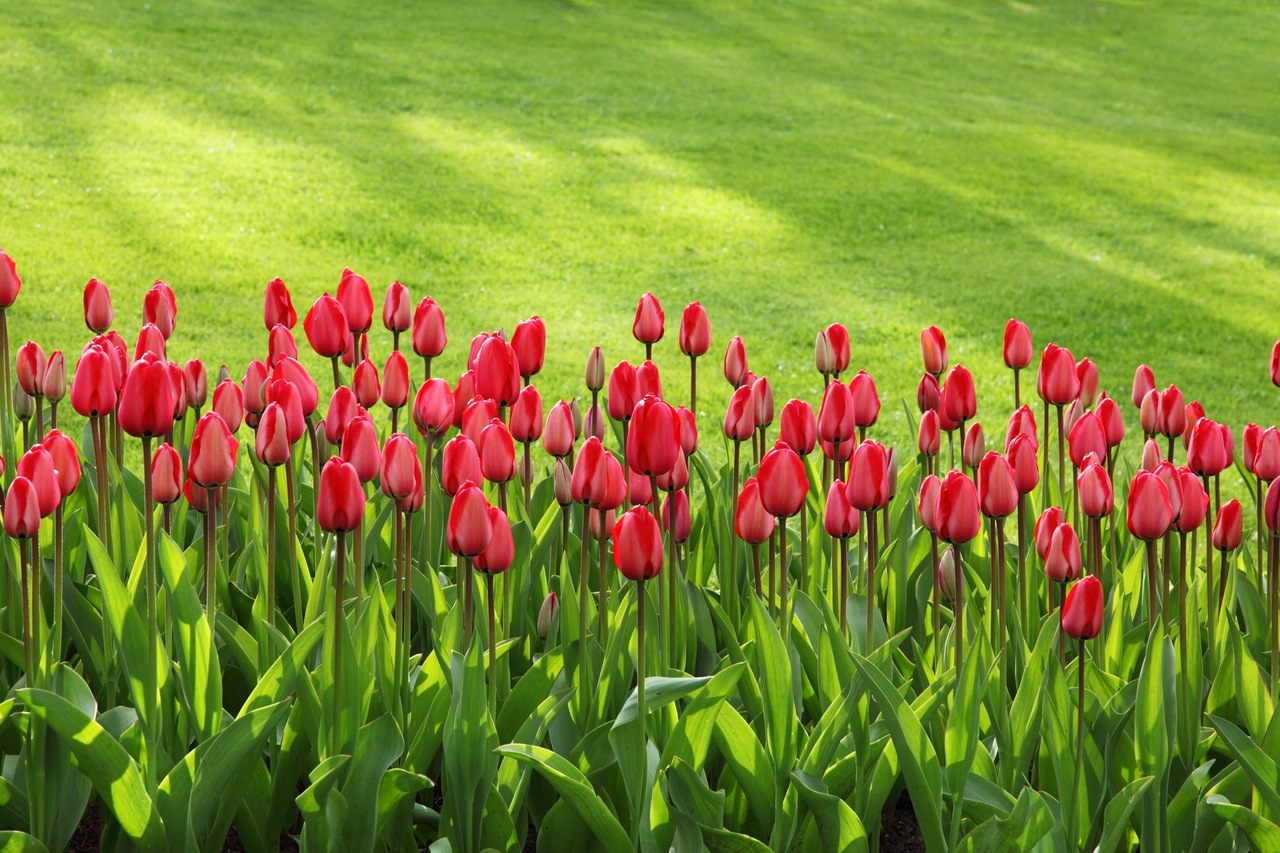
Running Exposure Triangle Calculations in Your Head – This can become somewhat irritating when you realise how often you do it. It is especially prevalent as a mental exercise you do when you start learning how to get good exposures in manual mode on your camera.
Now, probably one of the first rules of exposure you will come across early on is the sunny f/16 rule which basically stipulates that, on a sunny day outside, if you shoot at ISO 100, 1/100th of a second shutter speed with an aperture of f/16 you will get a reasonable exposure.
But what if it's cloudy? Well then! It's time to do some mental calculations! How cloudy is it? 1 stop you estimate? What does that mean for the rule? Are you going to up the ISO and make it grainier? Drop the shutter speed? Open up the aperture?
These decisions are logically different for every type of photograph and they will start to consume you in the beginning of this learning.
What about shooting a shot inside? In the rain? Under tungsten lighting? Gaah! So. Many. Calculations.
Looking for Soft Light Hitting People's Faces – When you start to get interested in getting better shots of your friends or family, you will very soon discover that soft lighting generally gives the best results. Nice window light coming in at an angle onto somebody's face who is sitting near it. Nice dispersed light straight in front of and above a person looking straight at you. So rewarding as a photographer.
But then you start noticing it everywhere. A beautifully lit face from an overcast day makes you notice. A harsh shadow thrown at high noon across a friends face might even make you cringe.
Soft light will be your obsession for months!
Looking for Colours That Complement People's Eyes – Another very important part of traditional portrait photography is how you treat the eyes of your subject.
Now, usually, you are going to want them sharp and in focus. That is often what leads to a powerful portrait for photographers and a lot can be forgiven in a portrait photograph as long as the eyes have it.
But how do you make that fact even more powerful in portrait photography?
You complement the colour of course. Everyone knows how Steve McCurry used both complementary and opposite colours of the clothing to enhance the eyes of the famous Afghan Girl shot. And it produced arguably the most famous portrait of all time.
Now the problem here is that you will start obsessing about the clothing and surrounding colours for every potential subject you come across – even when you're not even carrying your camera!
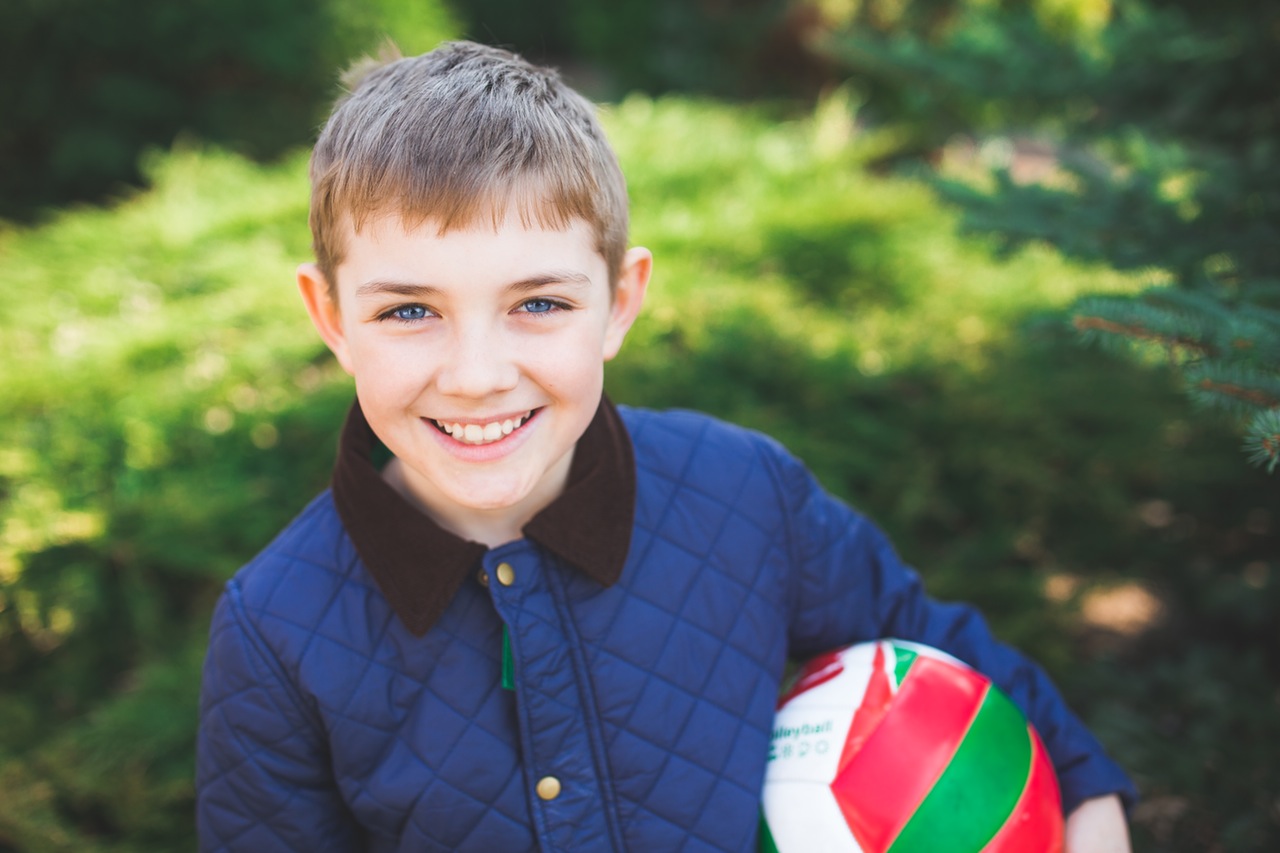
Judging Trees and Flowers for How They Would Look as a Bokeh Background – Ahh, the beauty of a bokeh shot! That misty, swirly lovely out-of-focus background can really make for a gorgeous photograph.
To get it, you just need to get close to your subject and keep those beautiful trees and flowers in the background at a good distance.
Now, is that possible with that beautiful flowering tree down the road? How about Mrs Smith's flower garden? No? Oh!
This becomes an annoying obsession. It can get to the point that you will actually start looking for backgrounds that you can get a good bokeh effect with before you even choose a subject!
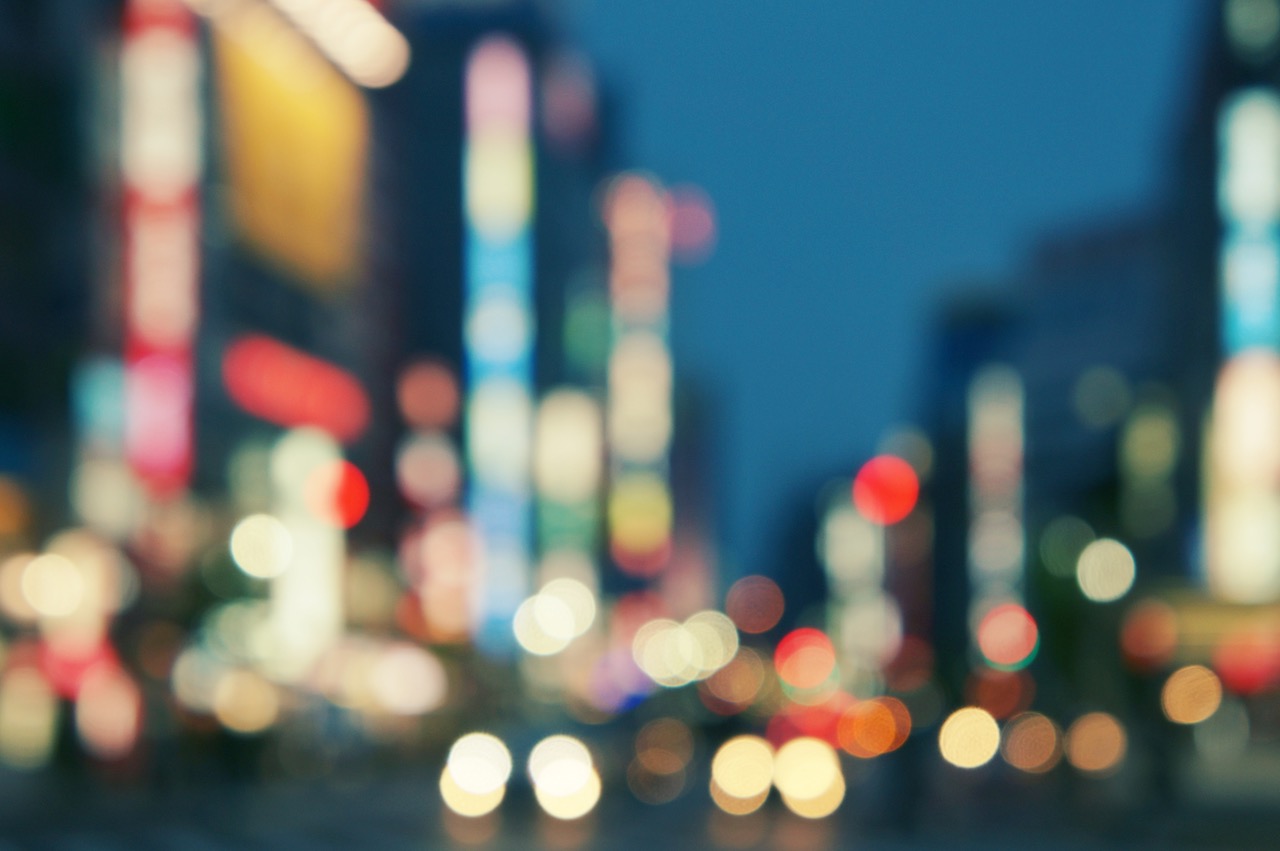
Judging Every Scene as a Potential Background – Following on from the obsession of finding bokeh backgrounds, an obsession with backgrounds in general, will become part of your mental make up.
Is it busy? Great! You can put a plain looking subject in front of it as a juxtoposition!
Is it plain? Fantastic, isolate a complicated subject in front of it.
Everything is a potential background and that is exactly what you will consider – everything!
Timing Your Outdoor Activities by Light – This one actually get a little bit annoying for your family and friends. You see, you will start carrying a camera everywhere you go which is fine. But then you get into this habit of only going places when you think the light will be right.
Basically no photographer I know regularly ventures outside between 10am and 2pm! The light is too harsh!
Golden hour though… that's some good shooting time – so you can venture out then. 😉
Now, if you're familiar with a few of these obsessions and would like to know about the others, then you're probably at the stage of really getting to know your camera and what you can do with it. For that we recommend taking a look at Brent Mailman's great introduction to DSLR photography. Soon enough, you will have these obsessions too!






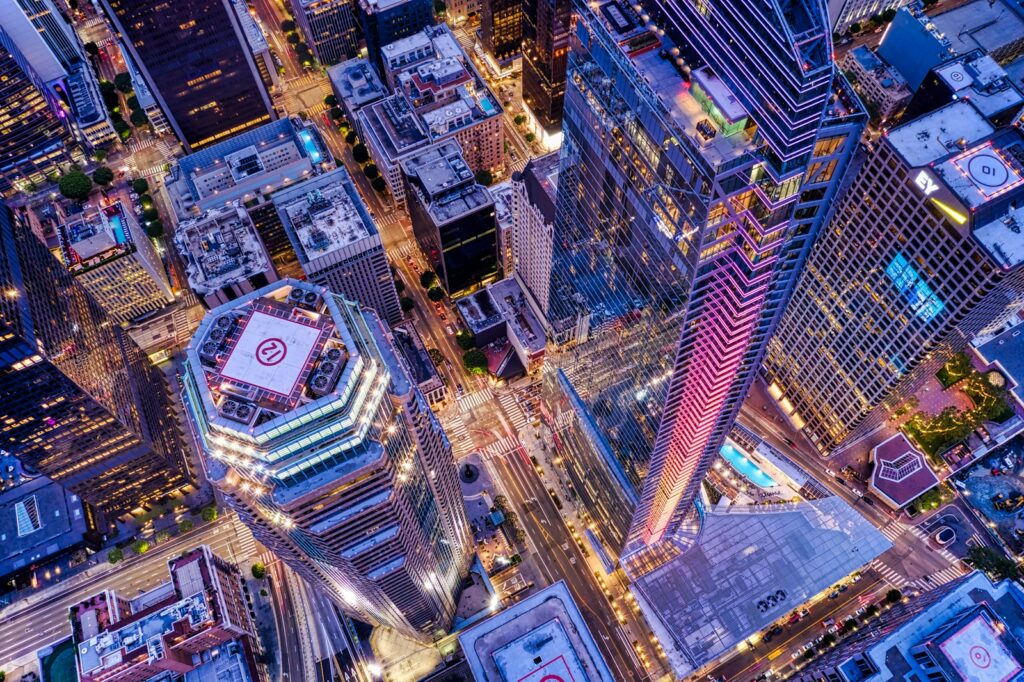
4 Comments
Brilliant summary!!
Running through that list going…. yep, yep, yep…
Very amusing and true. I must say though that there is plenty of cause to shoot between 10 and 2. Soft, diffuse light isn’t always the best. For architecture and abstracts, I would encourage photographers to move beyond the golden hour and embrace the hard afternoon night for its own merits.
Came accross this by accident researching, “obsession with Abstracts.” You nailed it here.I am at the point where I am clicking my aperture settins in my head, and tell my friends, I need to walk the camera. I need to get a life!